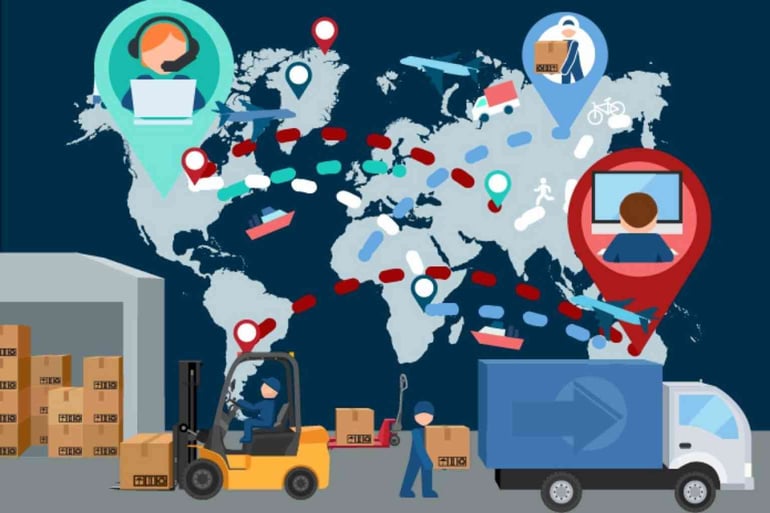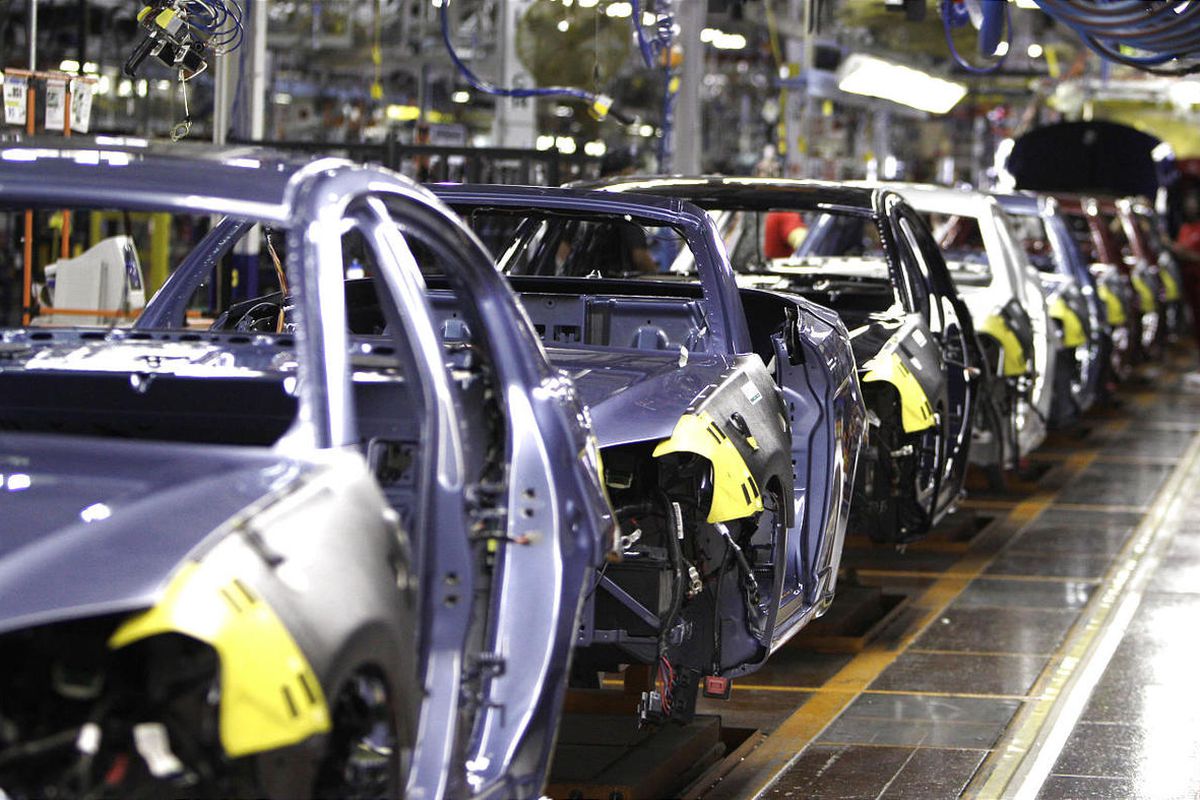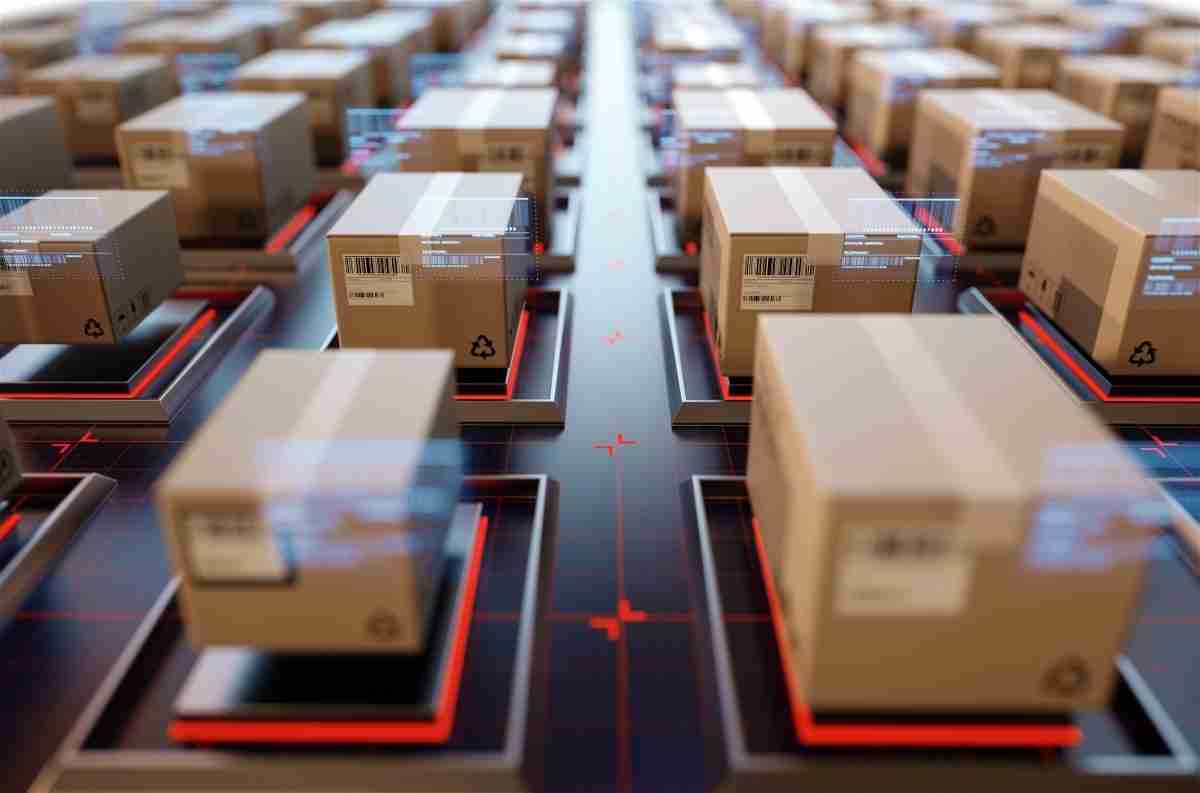Supply Chain & Logistics 101: The Automotive Supply Chain Challenges
For original equipment manufacturers (OEMs), suppliers, and investors, the future of the automotive supply chain will bring new opportunities – but...
4 min read
Işık Handan : Feb 23, 2022 10:15:48 PM
Management and strategy are in charge of supply chain expenses. Managing every step of the supply chain process can help you save money. Supply chain strategy must match consumer expectations and corporate goals in order to reduce supply chain costs.
The cost-benefit trade-offs of operational components are measured by supply chain planning.
To find cost savings, you must have a thorough understanding of your specific procedures, requirements, and demands.
Warehouse space, inventory stock, supplier relationships, transportation modes and lanes, and order processing are all common places to seek cost savings. The strategy should foster a hands-on approach to innovation, data analysis, demand, and operations since supply chains are active.
Supply chain expenses are costs that make up a large amount of the final sales price of a product or service.
Manufacturers often define supply chain expenses as the total cost of ownership.
The total cost of ownership is the sum of all products and services purchased or obtained. To that purpose, they encompass any additional expenditures spent before or following the delivery of the product or service.
It is vital to identify all direct, indirect, and related costs when completing a total cost of ownership study on a supply chain.
Efforts to properly control supply chain costs in order to get the greatest potential return while ensuring reliable supply are referred to as supply chain cost optimization. The following items are included in the scope of supply chain cost optimization:
This is a rough list that exemplifies a broad concept of what the supply chain entails. Almost everything in the supply chain, from sourcing raw materials to getting the finished product into the hands of the client, can be considered a target for supply chain cost optimization initiatives.
In today's supply chain, the Internet of Things (IoT) is incredibly complicated and tightly integrated. As a result, cost savings in one area of business may lead to cost rises or variances in another.
Manufacturers must comprehend the interdependence of their supply chain's numerous processes, as well as the influence of cost-cutting in one area on the remainder of the value chain.

Some of the things that can affect your supply chain costs are listed below.
The cost of the investment
Today's global supply chain is a multi-location, interconnected network of suppliers, manufacturers, distributors, and retailers that span industries and geographical boundaries.
Investment decisions are crucial in this environment. This assists in the development of smart, long-term strategies for when, why, and how to invest in new facilities such as warehouses and factories, as well as the necessary resources and equipment.
It can be tremendously useful to make well-informed investment selections that are backed up by good investment cost management.
Manufacturers should examine the following variables in order to control their investment costs:
Costs of transportation
Poor supply chain planning, inefficient routes, and improper resource deployment are all common causes of higher transportation costs.
As a result, manufacturers must make informed judgments about transportation costs and the elements that influence them, such as delivery lead times, fuel price variations, fleet, cargo laws, and so on.
Purchasing costs
Choosing the right supplier for your own supply chain shipments is a strategic decision that affects overall supply chain costs.
The provider who can deliver the best materials at the lowest cost and in the shortest length of time is the obvious pick.

In an ideal world, an ideal supply chain would procure exactly the proper amount of raw material and convey it to an organization's processing facilities in the most efficient way possible. The final goods would be dispatched to appropriate distribution hubs for fast delivery to customers once they had been processed.
If only anything like this would happen in real life!
The reality is that, in the vast majority of cases, nothing goes as planned:
We could keep on, but you get the idea. Fortunately, things go right just as often as they go wrong. When the dice fall badly and everything goes wrong, as it did during the economic dislocation caused by the COVID-19 epidemic, many businesses fail.
The issue is that supply chains are famously complicated, making it difficult to get a clear picture of what's going on until after the fact.
As a result of the shift to a value-oriented supply chain, partners and customers gain from a more collaborative, agile, and responsive supply chain.
For businesses to achieve maximum performance and profitability, they must migrate from a traditional cost-based to a value-oriented supply chain. In today's continuously changing and competitive market, the value-oriented supply chain improves communication and the capacity to gather the appropriate data needed to make faster and more effective business decisions.
Organizations who are locked in a cost-based supply chain perspective rather than a creative value-based supply chain philosophy may be putting their growth at risk, if not outright stopping it.
In a word, business goals must drive strategy, not the other way around.
Supply chains are more than just a mode of transit; they're also a strategic asset and a way to achieve operational excellence. Companies that fail to shift to a value-oriented supply chain miss out on the chance to increase shareholder profitability and risk falling behind their competitors.
The transition to a value-oriented supply chain is a paradigm shift that necessitates a complete rethinking of the supply chain. One of a firm's top priorities should be to take the required steps to enable the supply chain to work toward giving value to the company and its bottom line. In the end, you'll need to track your supply chain's system and observe what it takes to get there.

For original equipment manufacturers (OEMs), suppliers, and investors, the future of the automotive supply chain will bring new opportunities – but...

In today's digital economy, a new approach to managing the entire supply chain ecosystem is required—one that makes use of cloud technology,...

The importance of product packaging in the supply chain is greater than many people realize. As a business owner, you want your items to be packaged...